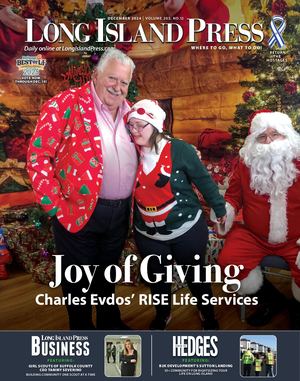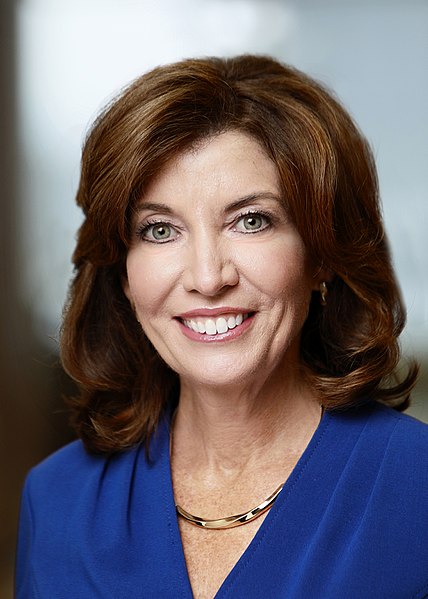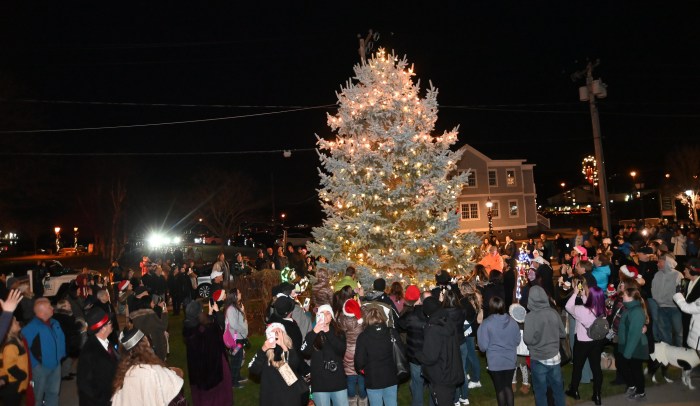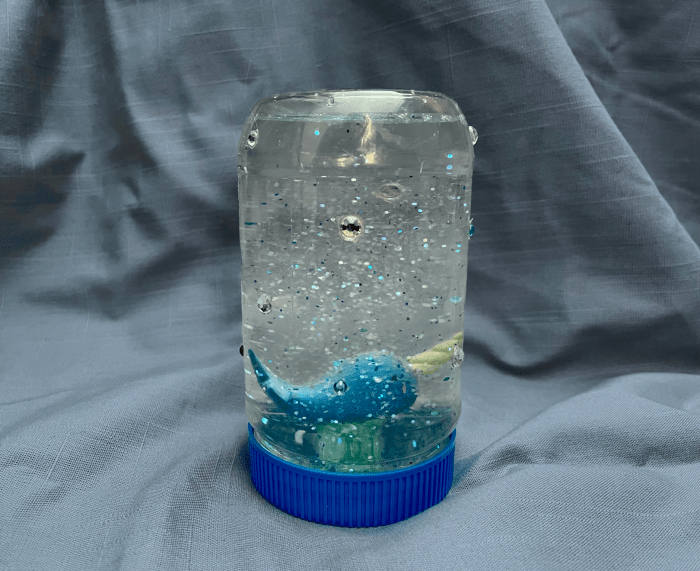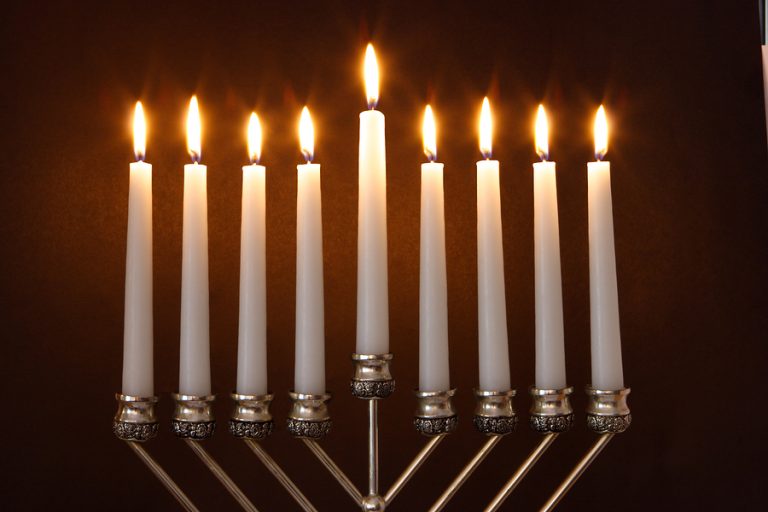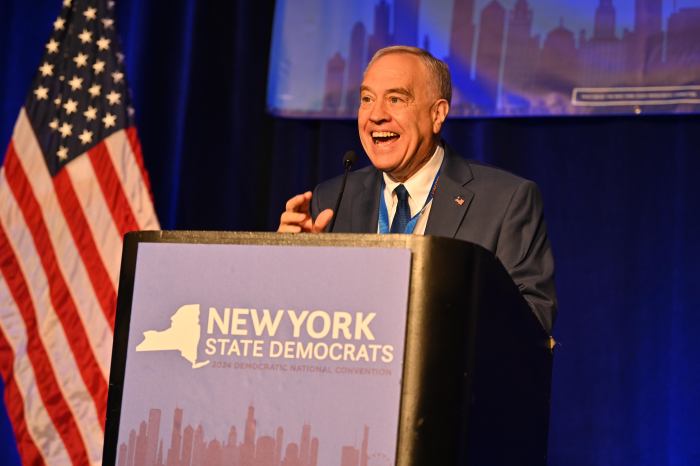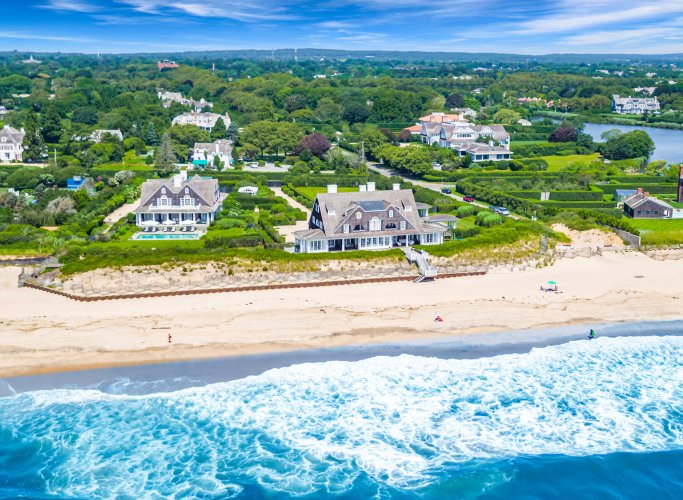Nassau County Republicans have joined an army of opponents of the $9 toll set to begin for most drivers entering Manhattan below 60th Street in January, calling it a money grab and a tax on Long Island residents and suburban commuters.
Opposition to the toll is not limited to Republicans or Long Islanders. Nassau Democrats have also expressed concerns and resistance to the $9 toll and a previous $15 version. So have New Jersey Democrats and many New York City residents outside Manhattan.
At least nine lawsuits threaten the plan, including some filed by the State of New Jersey, an influential teachers’ union and a coalition of New York City residents. The Town of Hempstead joined them on Friday, filing suit against New York State and the MTA.
A Siena College survey conducted in April found that about two-thirds of New York State residents said they opposed the program.
The MTA, Gov. Kathy Hochul, Mayor Eric Adams, and Manhattan residents disagree. They are among supporters of a toll which has been discussed since the 1950s and has enjoyed the support of former Mayor Michael Bloomberg and former Gov. Andrew Cuomo.
Hochul’s new plan will start the tolls 40% lower for three years — $9 a day for most motorists — before ramping up to a full $15 toll in 2031.
The supporters cite the need for the money generated by the tolls to pay for maintenance and upgrades of New York’s aging subway system. They also say the tolls are needed to address congestion that often brings Manhattan traffic to a crawl and worsens pollution.
“Congestion pricing says that we’re not going to just keep putting our head in the sand about the impact of congestion — we’re not going to pretend that we don’t have a limited amount of room on our streets,” MTA Chairman Janno Lieber told reporters.
We may soon see if a toll for entering lower Manhattan actually reduces congestion there and throughout the metropolitan area, including Nassau County.
With or without the benefit of a lower Manhattan toll, however, the question of what to do about congestion in places like Nassau County will remain.
Motorists are accustomed to clogged highways from Nassau County to all points east, including Manhattan. Driving to Manhattan can often take a maddening hour and a half on a route that, without traffic, can take a half hour.
This would seem to be a significant quality-of-life issue for Nassau County residents.
Local roadways are also affected by the high volume of traffic. Main arteries are frequently clogged, particularly during morning rush hours when motorists seek alternatives to jammed highways.
Opponents of housing developments in Nassau frequently express concerns that the county will begin resembling parts of New York City. Unmentioned is that the county’s highways already resemble at times parts of Los Angeles.
Residents do cite Nassau’s already clogged roadways in opposing developments large and small across the county.
But little attention appears to be spent on congestion in Nassau otherwise.
We think it should, starting with the officials who have opposed tolls in lower Manhattan – assuming they believe traffic congestion is a problem in Nassau County.
The MTA—yes, that MTA—has spent $14 billion in recent years on two projects that make it easier to commute by train from Nassau County to Manhattan: East Side Access and the third track.
The East Side Access project is now saving commuters headed to Manhattan’s East Side valuable time by taking them to Grand Central Station on the East Side rather than Penn Station on the West Side. They will also avoid the so-called $9 “tax” on motorists.
The 3rd Track, the 9.8-mile expansion of rail service from Floral Park to Hicksville, has improved service on a stretch that carries 40% of the LIRR’s traffic on Long Island. The project also included the parking facilities needed to accommodate commuters and other riders who don’t want to drive into the city.
But more parking is needed – something Nassau County could take the lead in addressing.
The MTA has been responsive to local officials’ calls for schedule changes and direct trains into Grand Central and Penn Stations without having to change trains in Jamaica. More can be done.
The county has been awarding American Rescue Plan funds approved by the Biden administration for projects across Nassau. Why not leverage some of these funds for more parking at train stations?
Then there are the more imaginative solutions to traffic congestion in Nassau County, particularly addressing those going north to south.
This could include trams or trolleys providing access to the beaches on the South Shore, Roosevelt Field and the HUB where Las Vegas Sands seeks to build a $6 billion casino and resort complex. It could also include vastly expanded bicycle paths and readily available bike racks.
Lieber’s comment about the “limited amount of room on our streets” was intended to describe Manhattan, but it could have just as easily be applied to Nassau County.
He is also right in saying we should not keep our heads in the sand.
County officials should acknowledge that congestion in Nassau is a problem and begin to develop solutions.
